
Vauxhall Astra Hatchback (2015-2021) interior, tech and comfort
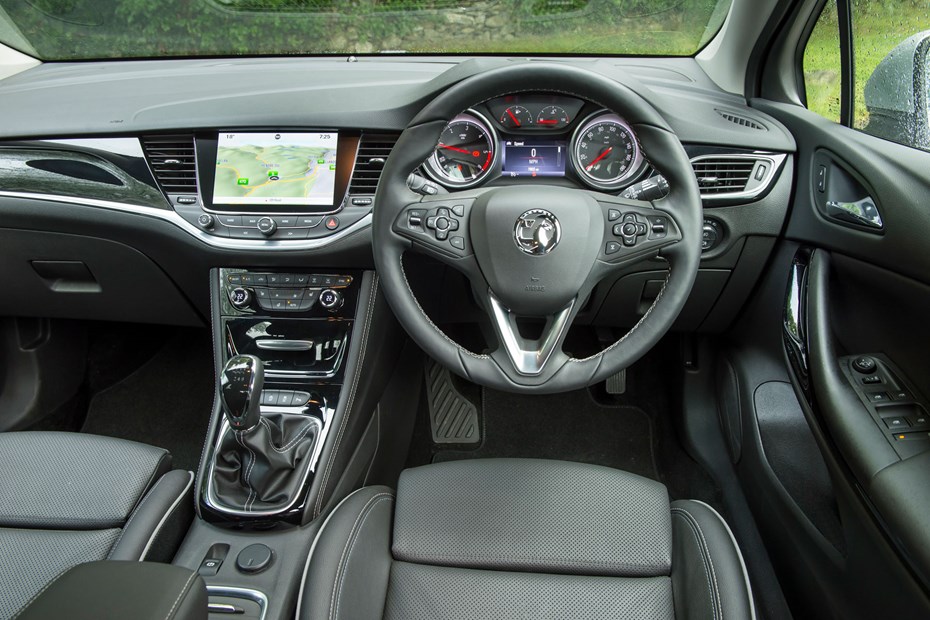
- High quality plastics for the Astra’s cabin
- Switchgear organised into zones for easier use
- Multimedia touchscreen is pleasingly responsive
The exterior design of the Mk7 Astra broke no new ground over its predecessor – and it was the same story with the car’s cabin. That’s not necessarily a negative point, though. The interior is neat and well-conceived, but it just lacks sparkle. It doesn’t feel as premium as the Mk7 Volkswagen Golf.
Still, Vauxhall did at least lay the cabin out thoughtfully. The controls are zoned depending on their function – so, the infotainment buttons are separated by a large panel, below which sits the climate controls. By the gear lever, there’s a separate row of buttons for the car’s drive modes including an SRi-branded sport button. This layout makes it easy to find the correct controls without taking your eyes off the road.
All Vauxhall Astras come with a touch-sensitive infotainment system. The standard car has a 7.0-inch screen, while higher-spec models get an 8.0-inch unit and digital dials lifted from the Vauxhall Insignia. The main screen surface extends beyond the functioning rectangle of the display itself, giving a much cleaner appearance than some rivals’ systems. More importantly, the touchscreen is very responsive and doesn’t require repeated prods to complete a task.
Ahead of the driver is a busy, button-laden steering wheel. You quickly learn what each button does, but they’re not especially easy to toggle with your thumbs. Just behind the wheel is a pair of elegant new column stalks replacing the chunky cylindrical ones Vauxhall previously fitted.
Nestling in the instrument binnacle are neatly arranged dials which feature clear graphics. However, we think the dials for the speedo and rev counter are on the small side.
Is it comfortable?
- More interior space this time
- Great seats on Ultimate model
- Comfy suspension
Central to the Vauxhall Astra’s comfort is its more spacious cabin, which is particularly impressive given that this seventh-generation model is physically smaller than the car it replaced.
Four six-foot tall adults should have no problem getting themselves comfortable, although children might find the back seat a tad claustrophobic due to the rising window line. Similarly, whoever’s relegated to the central rear seat will find it even less agreeable thanks to its flat, unsculpted cushion.
Getting a decent driving position in the Astra’s not difficult, particularly with the greater adjustment offered by the Elite version’s sports seats with extendable seat cushion. Plus, they’re heated – as is the steering wheel and outer rear seats – perfect for cold, wintry British mornings.
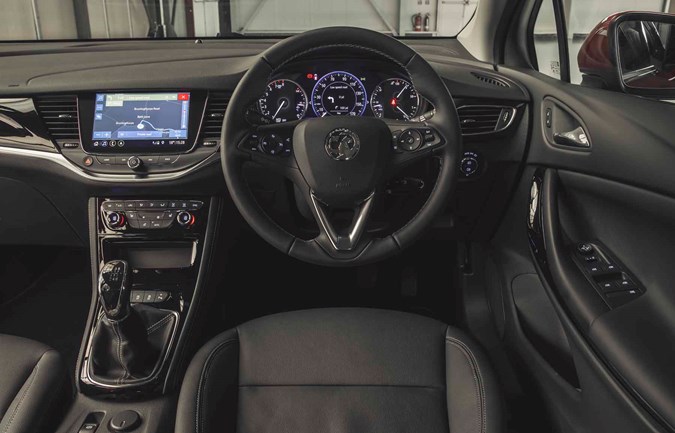
Ultimate-grade cars get ergonomically certified seats with a huge amount of adjustment, plus a massage function on the driver’s side.
While the Astra’s suspension provides an impressive level of ride comfort most of the time, a series of undulations or poorly finished road surfaces can unsettle the car somewhat, with the vibrations felt through the cabin. It’s not terribly unsettling, but it’s noticeable nonetheless.
External noise is well-suppressed in the cabin, with little whistling from the wind around the tops of the windscreen and virtually nothing audible from the door mirrors either. Engine noise is also kept in check – Vauxhall’s motors from this point in its history were quieter than rival powerplants.


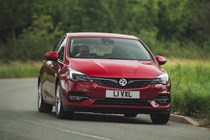

.jpg)
.jpg)
.jpg)
.jpg)
.jpg)
.jpg)
.jpg)
.jpg)
.jpg)
.jpg)
.jpg)
.jpg)
.jpg)
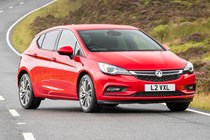
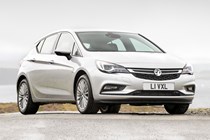
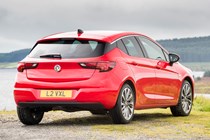

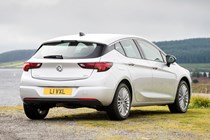
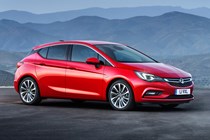


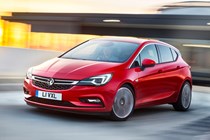
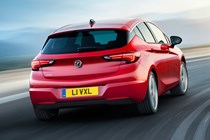
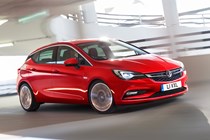
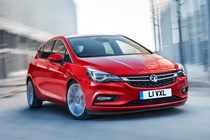
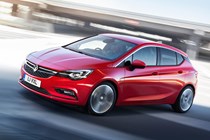
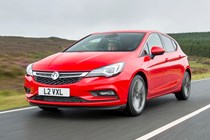
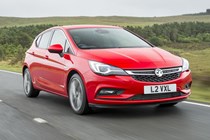
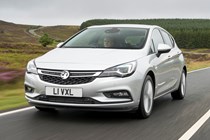


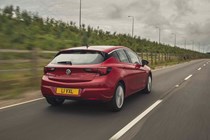

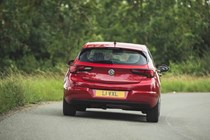
.jpg)
.jpg)
.jpg)
.jpg)
.jpg)
.jpg)
.jpg)
.jpg)
.jpg)
.jpg)
.jpg)
.jpg)
.jpg)
.jpg)
.jpg)
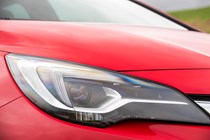
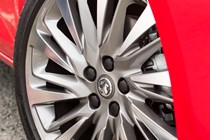
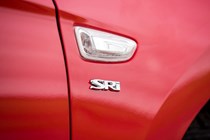

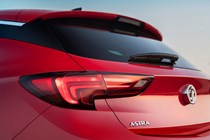
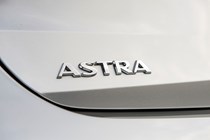


.jpg)
.jpg)
.jpg)
.jpg)
.jpg)
.jpg)
.jpg)
.jpg)
.jpg)
.jpg)
.jpg)
.jpg)
.jpg)
.jpg)
.jpg)
.jpg)
.jpg)
.jpg)
.jpg)
.jpg)
.jpg)
.jpg)
.jpg)
.jpg)
.jpg)
.jpg)
.jpg)
.jpg)
.jpg)
.jpg)
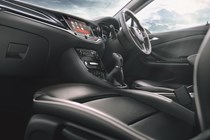
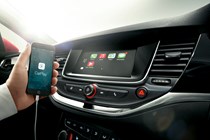
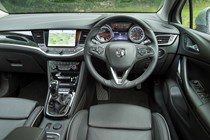
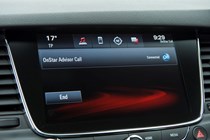


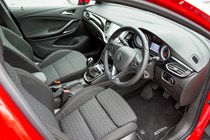
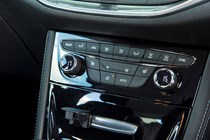
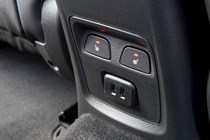
.jpg)
.jpg)
.jpg)

.jpg)
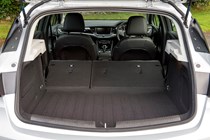
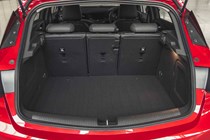
.jpg)
.jpg)
.jpg)
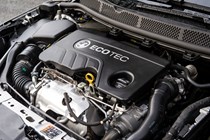
.jpg)
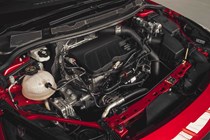




.jpg?quality=50)
.jpg?quality=50)
.jpg?quality=50)
.jpg?quality=50)
.jpg?quality=50)
.jpg?quality=50)
.jpg?quality=50)
.jpg?quality=50)
.jpg?quality=50)
.jpg?quality=50)
.jpg?quality=50)
.jpg?quality=50)
.jpg?quality=50)





















.jpg?quality=50)
.jpg?quality=50)
.jpg?quality=50)
.jpg?quality=50)
.jpg?quality=50)
.jpg?quality=50)
.jpg?quality=50)
.jpg?quality=50)
.jpg?quality=50)
.jpg?quality=50)
.jpg?quality=50)
.jpg?quality=50)
.jpg?quality=50)
.jpg?quality=50)
.jpg?quality=50)








.jpg?quality=50)
.jpg?quality=50)
.jpg?quality=50)
.jpg?quality=50)
.jpg?quality=50)
.jpg?quality=50)
.jpg?quality=50)
.jpg?quality=50)
.jpg?quality=50)
.jpg?quality=50)
.jpg?quality=50)
.jpg?quality=50)
.jpg?quality=50)
.jpg?quality=50)
.jpg?quality=50)
.jpg?quality=50)
.jpg?quality=50)
.jpg?quality=50)
.jpg?quality=50)
.jpg?quality=50)
.jpg?quality=50)
.jpg?quality=50)
.jpg?quality=50)
.jpg?quality=50)
.jpg?quality=50)
.jpg?quality=50)
.jpg?quality=50)
.jpg?quality=50)
.jpg?quality=50)
.jpg?quality=50)









.jpg?quality=50)
.jpg?quality=50)
.jpg?quality=50)

.jpg?quality=50)


.jpg?quality=50)
.jpg?quality=50)
.jpg?quality=50)

.jpg?quality=50)
